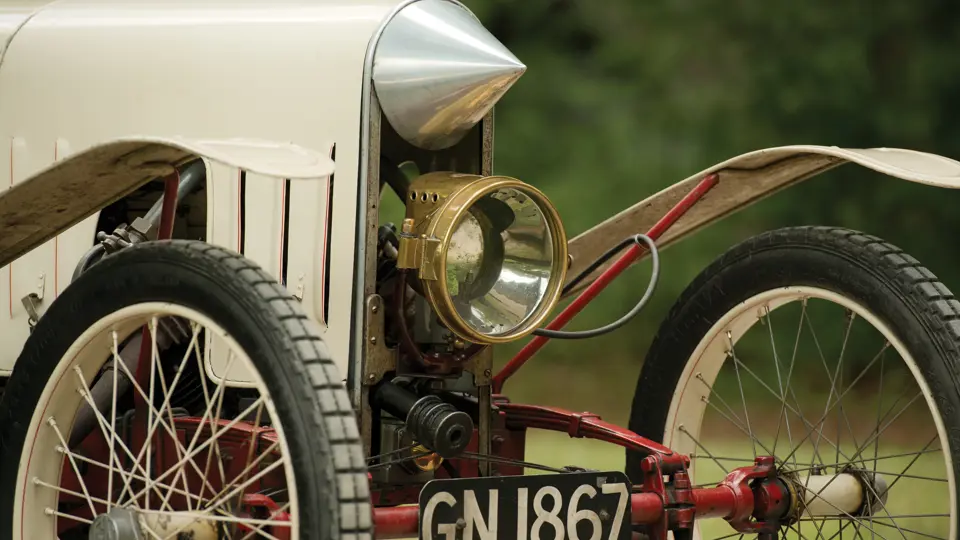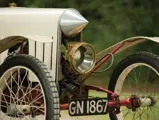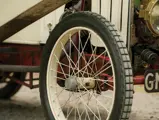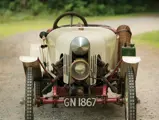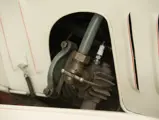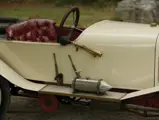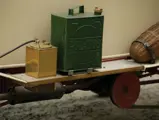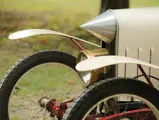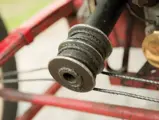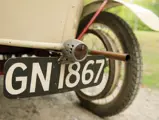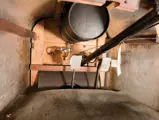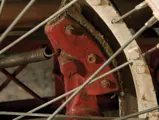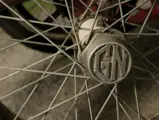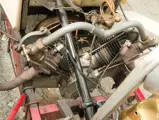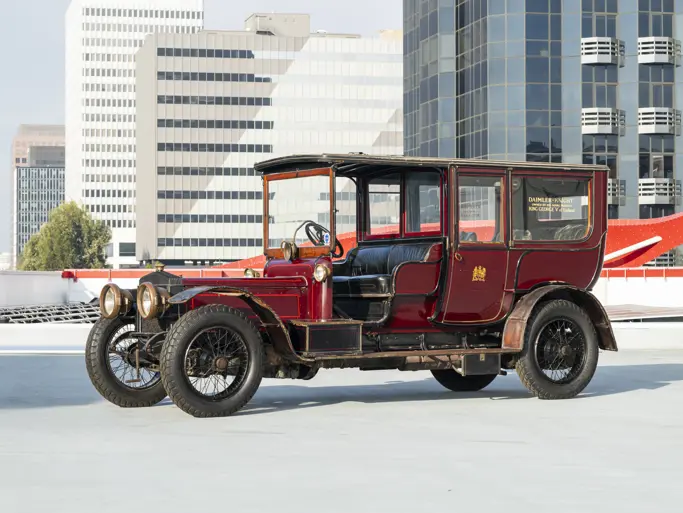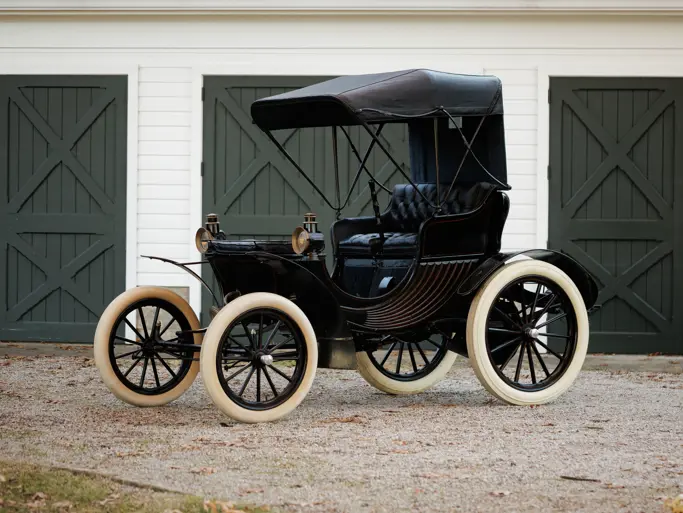
1914 G.N. Cyclecar
{{lr.item.text}}
$110,000 USD | Sold
Offered from the collection of John Moir
{{bidding.lot.reserveStatusFormatted}}
- Offered from the collection of John Moir
- Built by the men behind HRG and Frazer Nash
- One of the best-performing Edwardian cyclecars
- An absolutely unique driving experience!
10 bhp, 1,087 cc air-cooled twin-cylinder engine, three-speed chain-drive transmission, solid front axle with semi-elliptic leaf-spring suspension, solid rear axle, and rear-wheel mechanical drum brakes. Wheelbase: 96 in.
To the great enthusiast of quirky British sporting machines, the names H. Ronald “Ron” Godfrey and Archibald Frazer-Nash need no introduction, as these were the men who gave the world the anachronistic and entertaining HRG and Frazer Nash automobiles. Yet, before the “Hurg” and “chain-gang” cars, there was this unassuming little sportster, the G.N., which was launched in 1910 at the start of a worldwide craze for cyclecars.
Cyclecars were, in many ways, the Brass Era version of microcars. Just as the BMW Isetta and Messerschmitt would find “reverse chic” popularity in post-war Europe, spindly little automobiles powered by motorcycle engines were enjoyed by high society on both sides of the Atlantic during the 1910s and early 1920s. There was not much to a cyclecar, but they were cheap and fun, and thanks to the limited displacement of their engines, they could be registered as motorcycles, saving owners considerable tax dollars.
The G.N. featured barely there roadster bodywork, which was essentially a single-seater tub in which the driver faced a long steering column that extended to the front axle. Up in front, below what John Moir refers to as “the Tin Woodsman’s approach to streamlining,” an air-cooled V-twin engine sent power back to the rear axle through a dog clutch, chains, and belts, with the driver hand-pumping oil into the crankcase. It was wild, woolly, and wonderfully unconventional.
John Moir loves cyclecars, and he acquired this one from a British dealer after, ironically, it had spent many years in his home city of Boston, Massachusetts. It was repainted and reupholstered years ago, but it otherwise appears original, including its engine and chassis tags and the finishes under the hood and on the undercarriage. A single large brass headlight, a multi-bell horn, and an umbrella holder (!) are the only decorations. The car is offered with starting instructions for the engine, some correspondence with other enthusiasts, copies of period documents, and an original brass G.N. radiator badge.
In 1922, Godfrey and Frazer-Nash tried out a four-cylinder, water-cooled model, which did not sell well, and by 1924, they were out of business. The two men would survive, of course, as would this charming example of their product, which promises to be as popular in the new owner’s stable as it has been among visitors to the Moir garage.
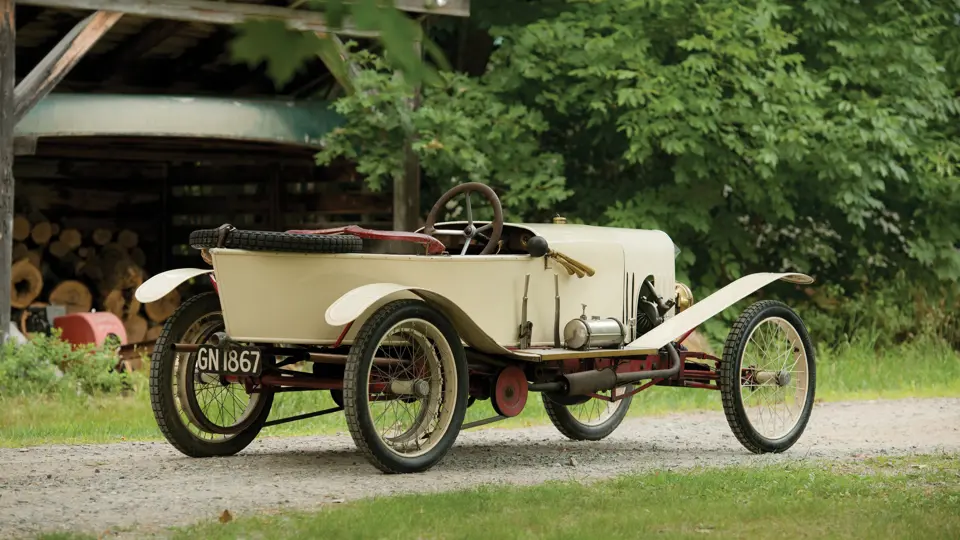






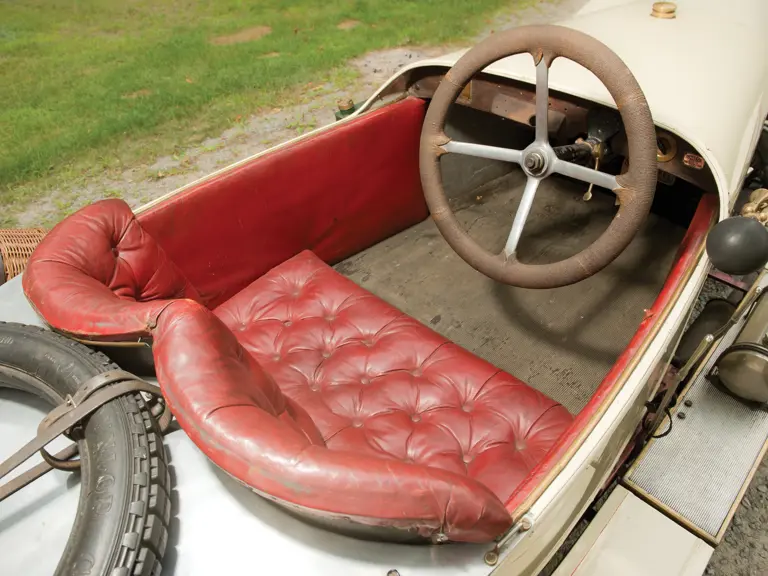
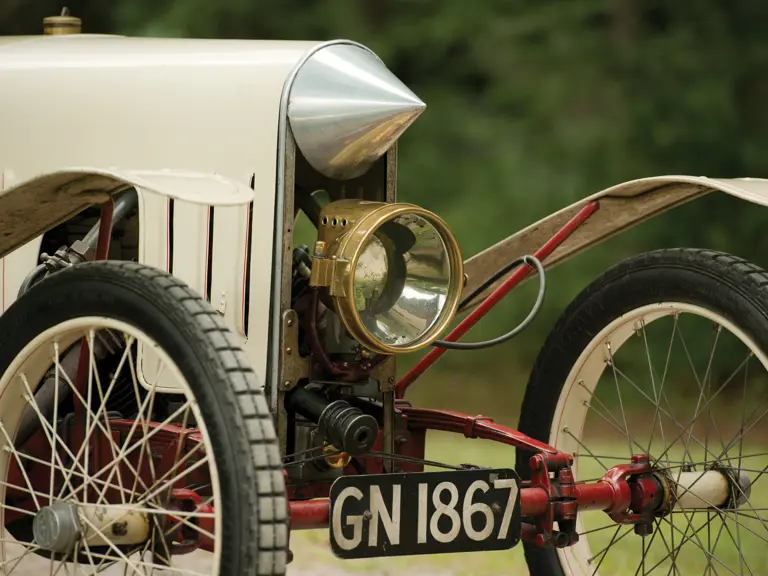

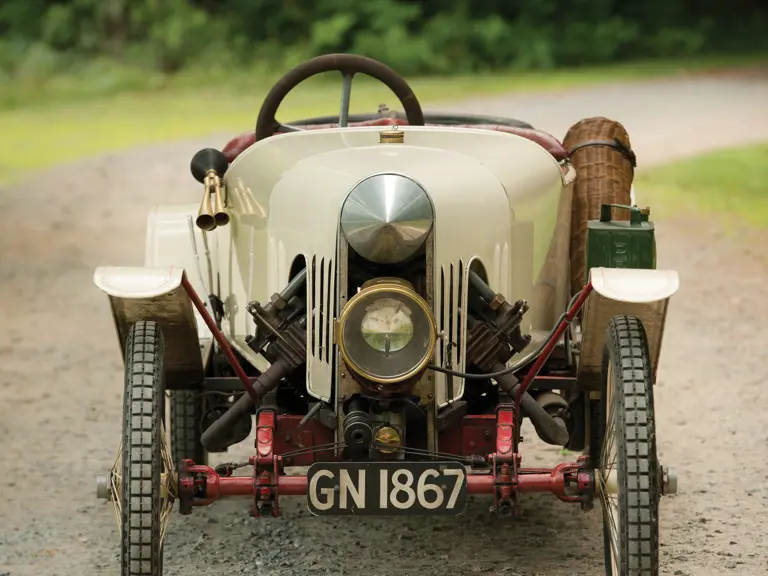
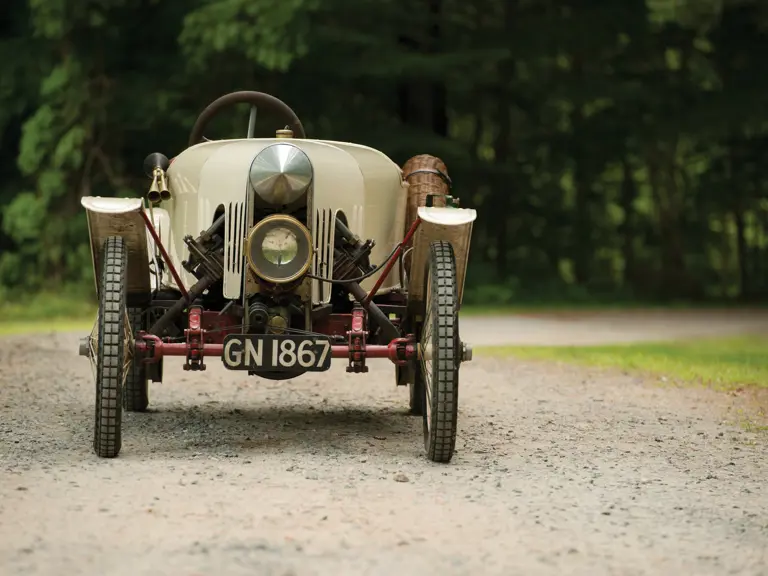
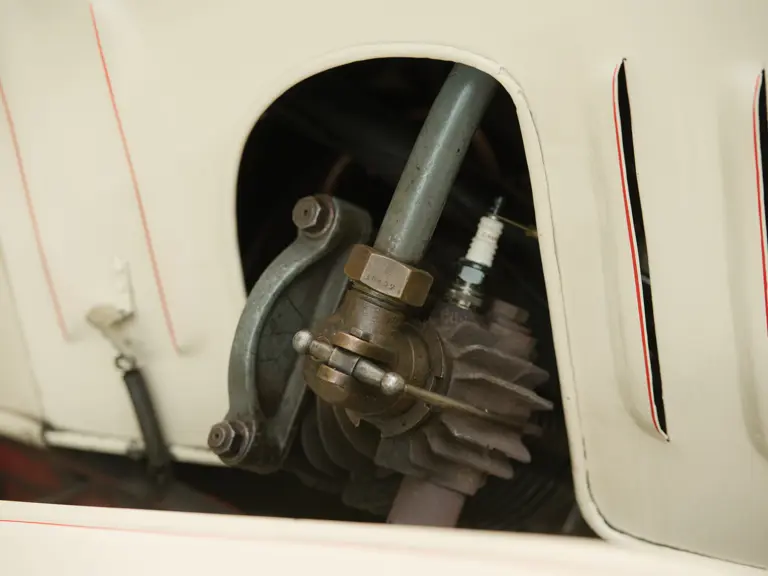
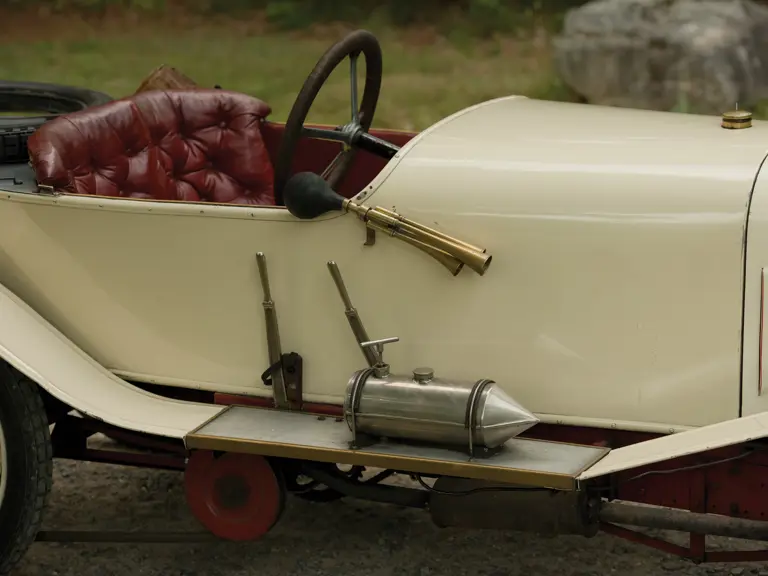



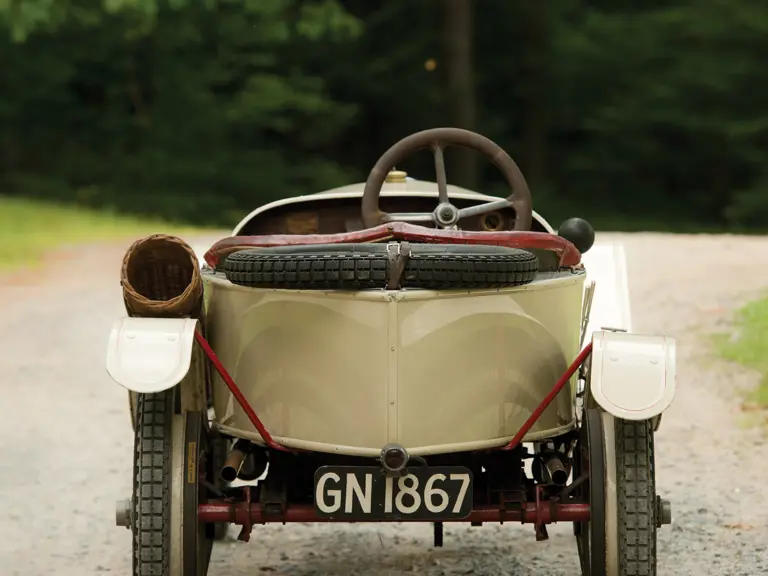
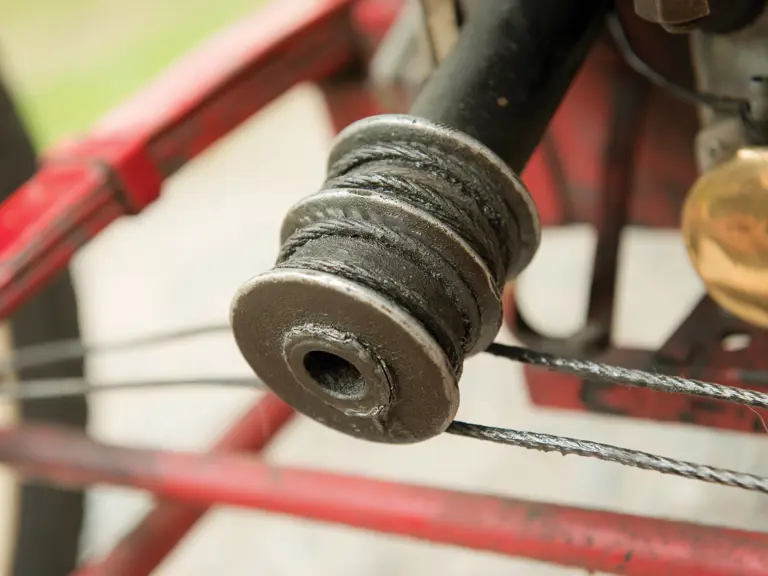
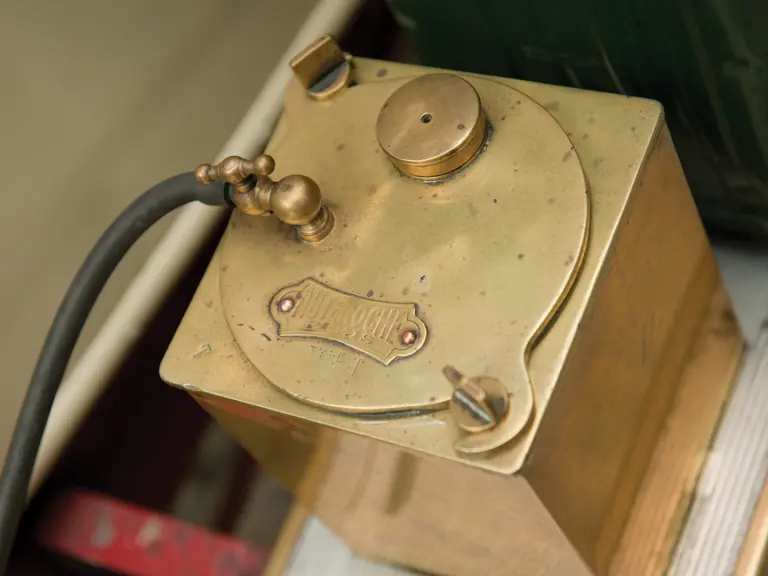

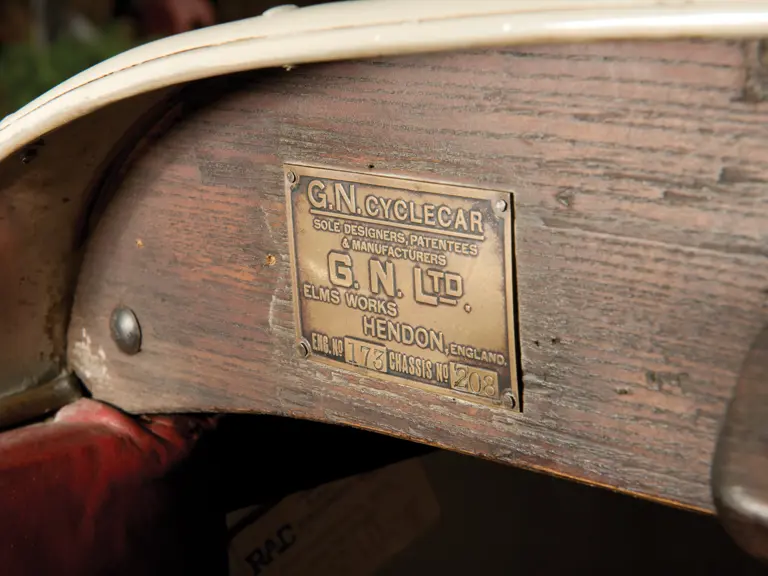
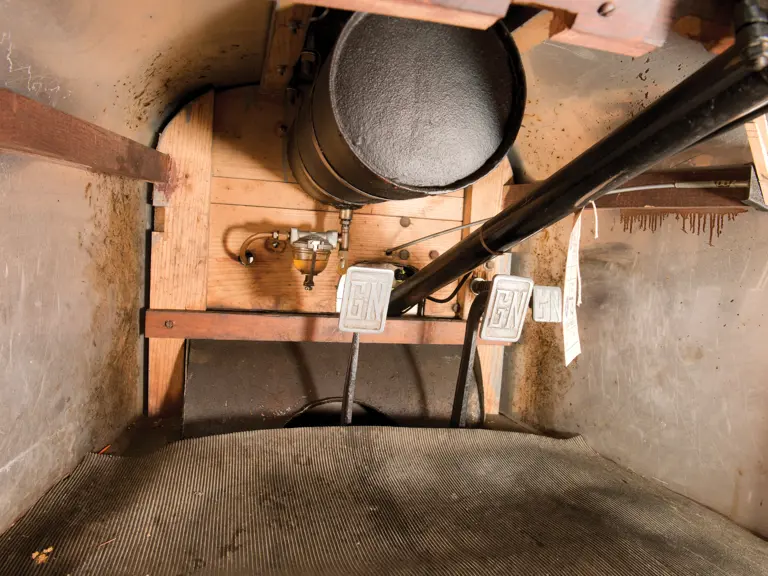

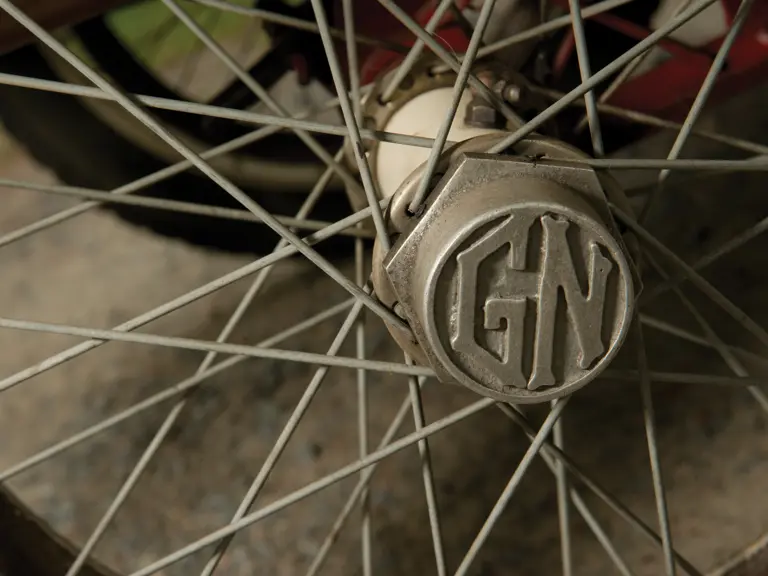

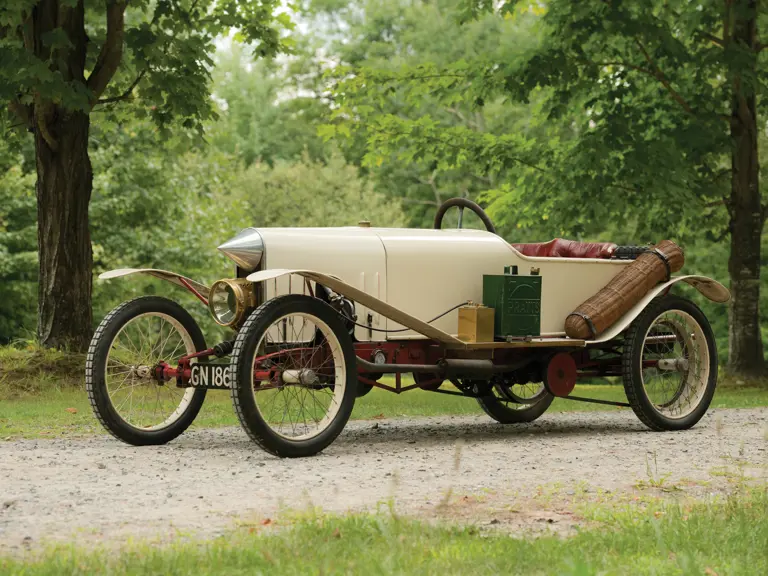
 | Hershey, Pennsylvania
| Hershey, Pennsylvania
